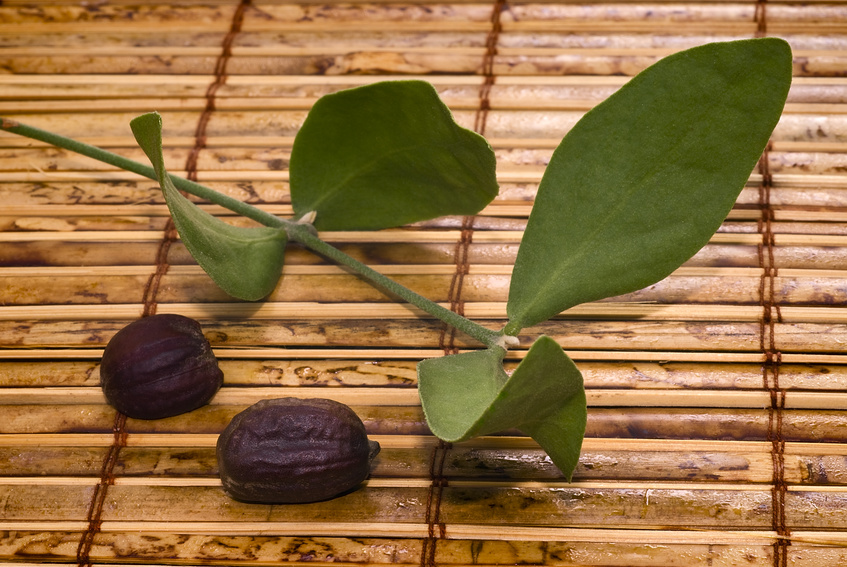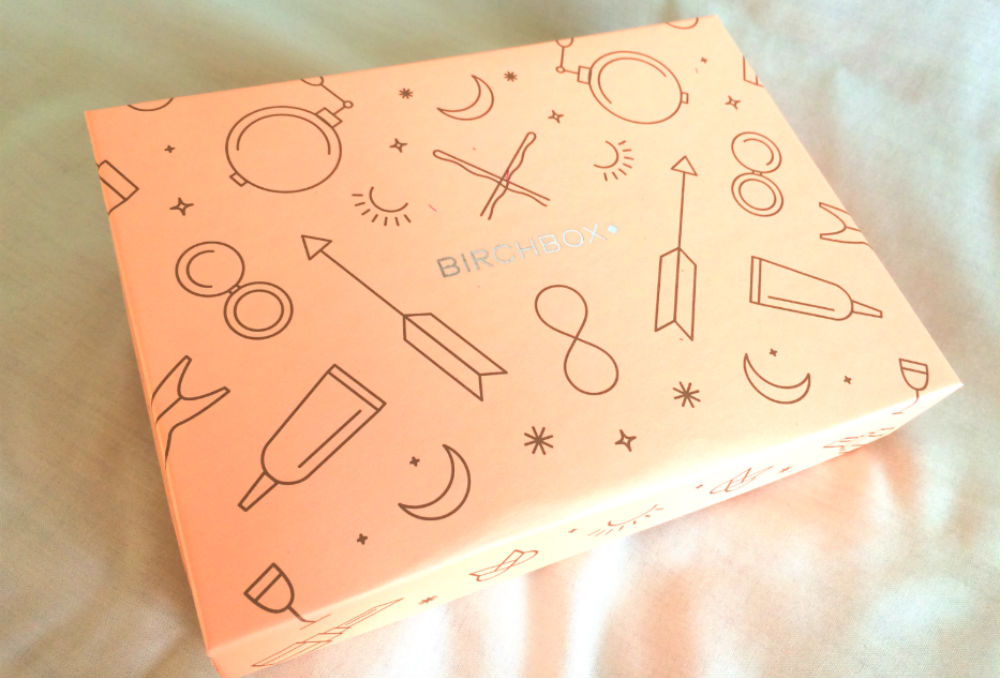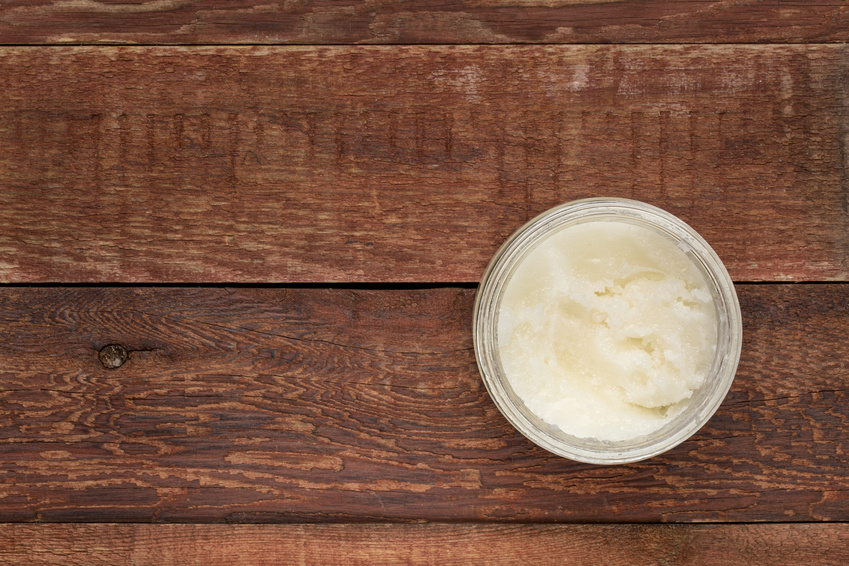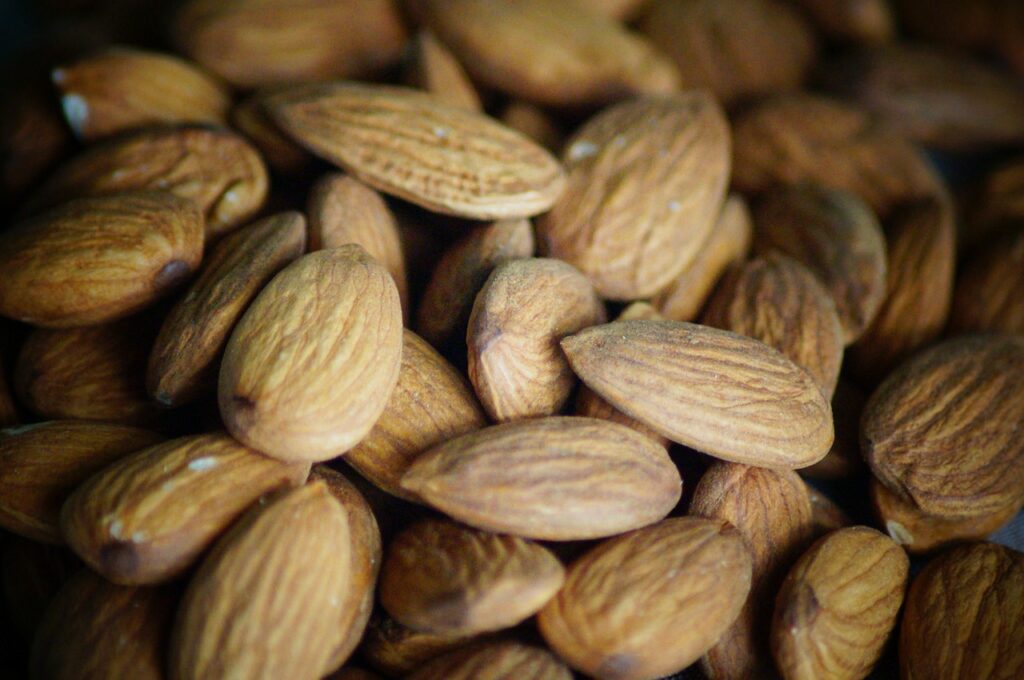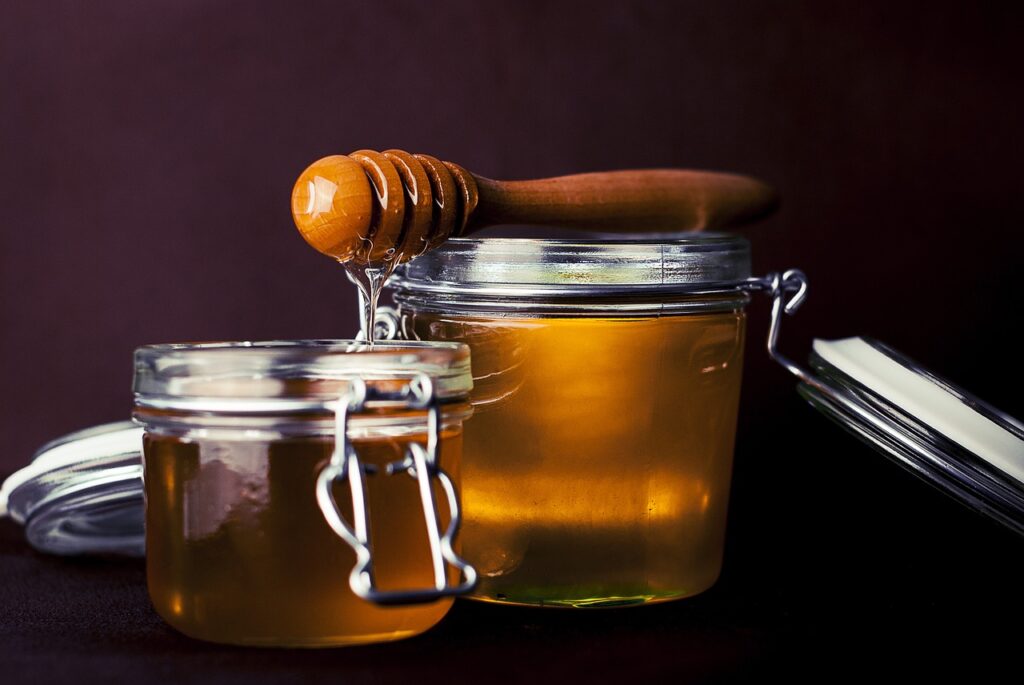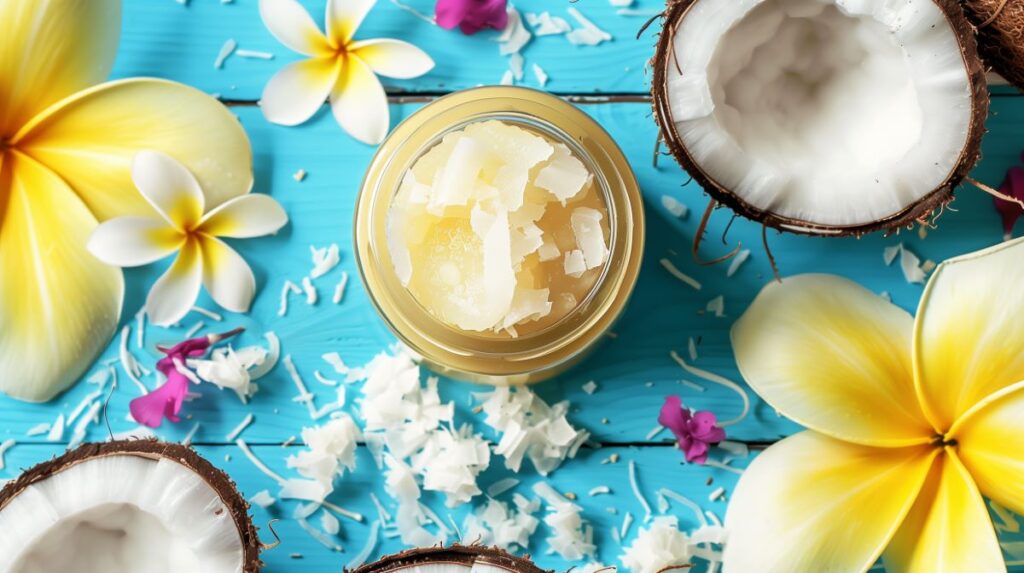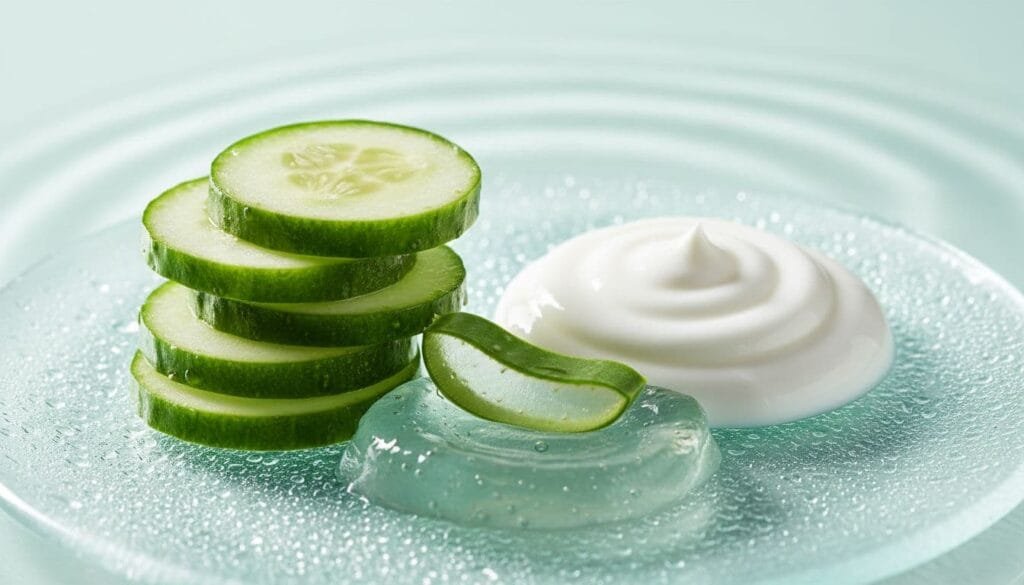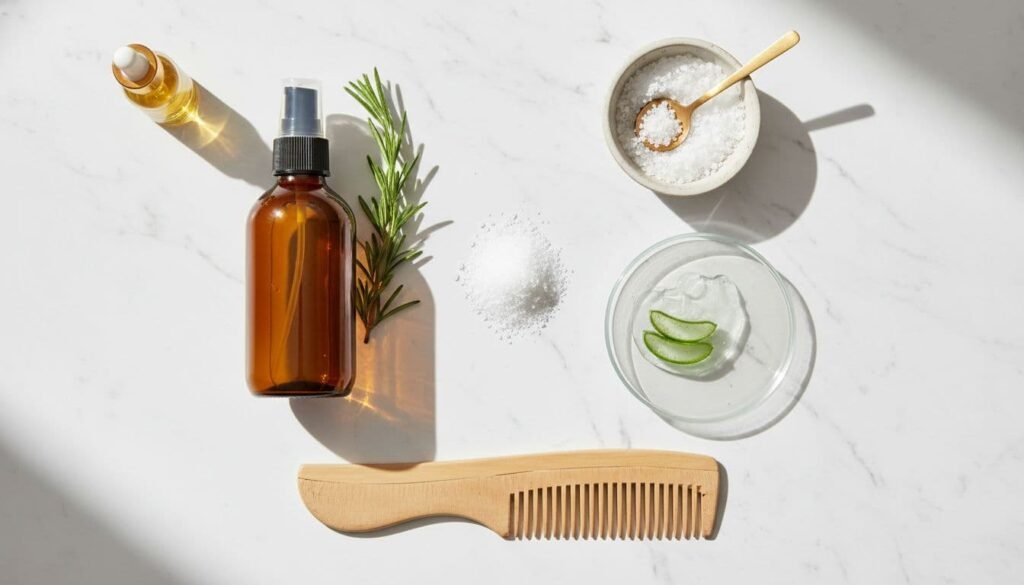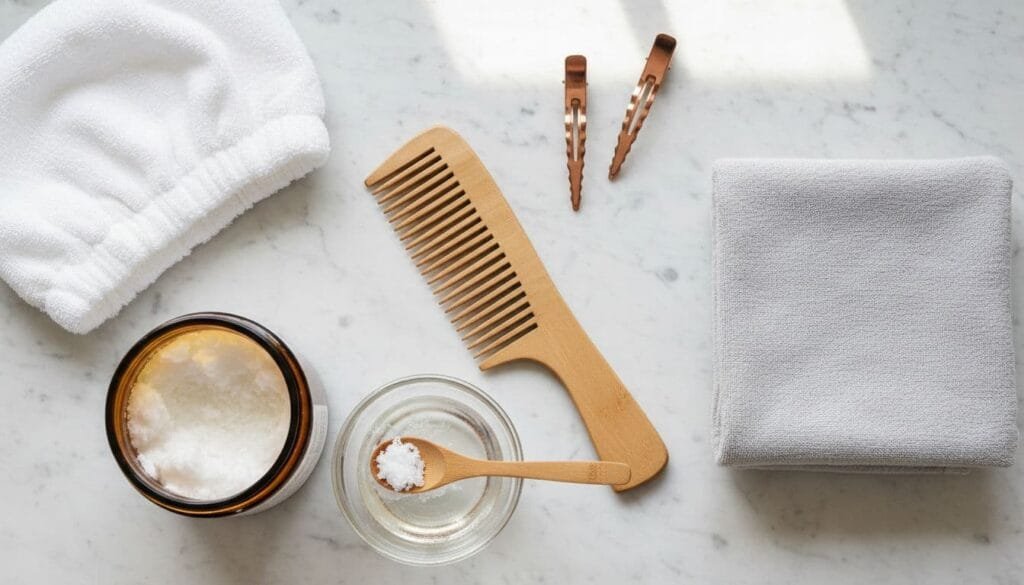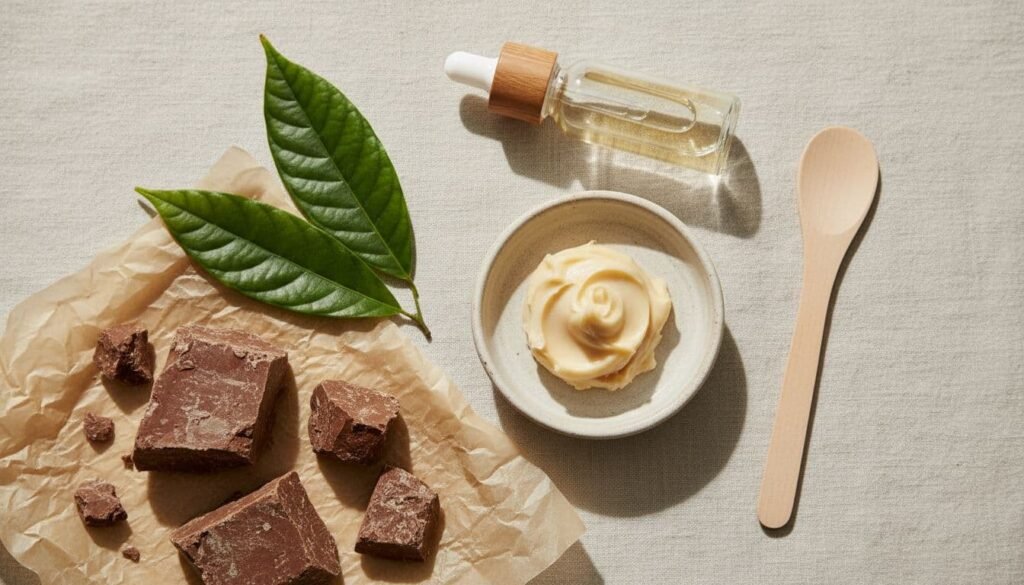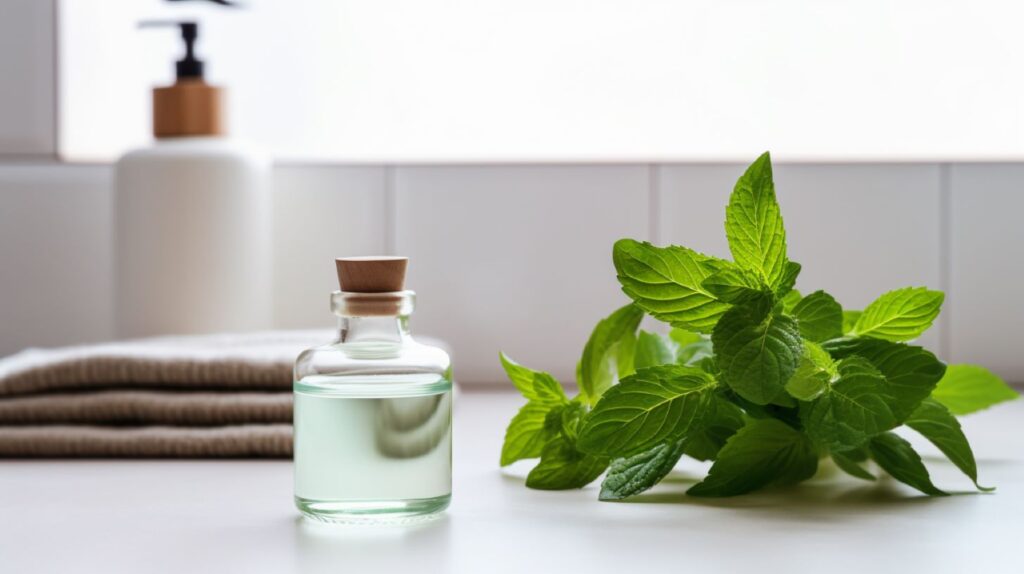Jojoba Oil for Hair: 3 Amazing Benefits – Feeling Beautiful?
Jojoba Oil for Hair: 3 Amazing Benefits – Feeling Beautiful? Nature provides countless beauty treasures, and jojoba oil is one of the best. Extracted from the seeds of the Simmondsia chinensis plant, which grows in the arid regions of Southwestern […]
Jojoba Oil for Hair: 3 Amazing Benefits – Feeling Beautiful? Read More »
